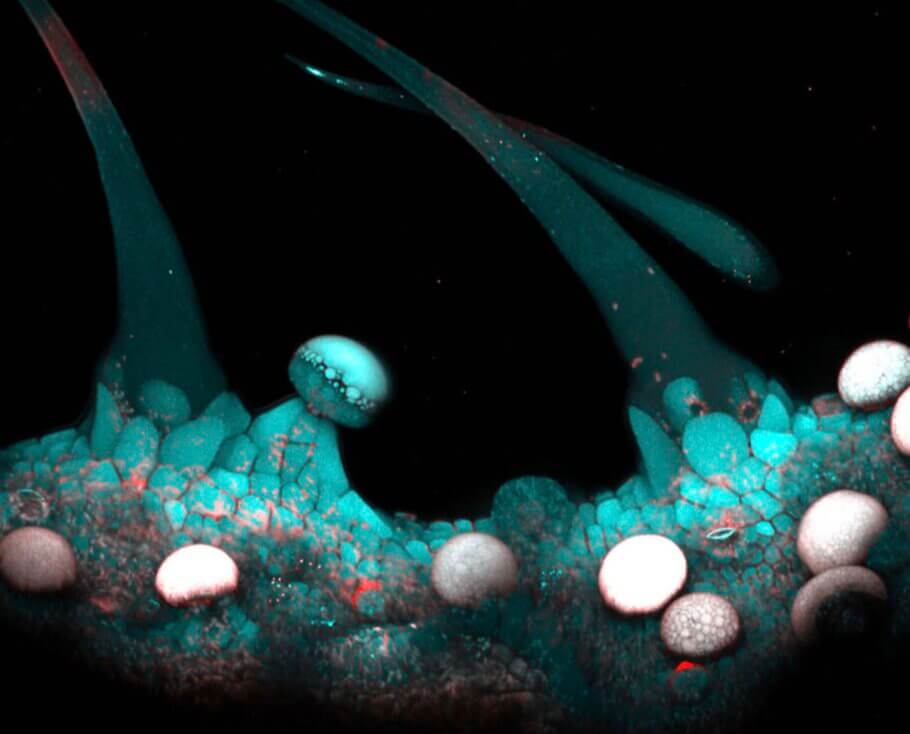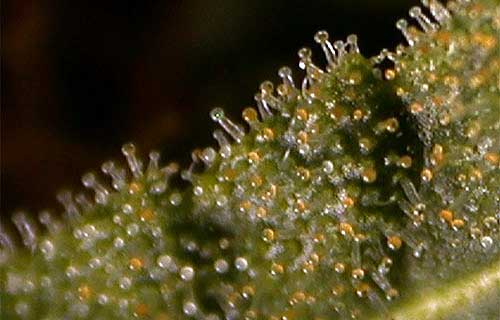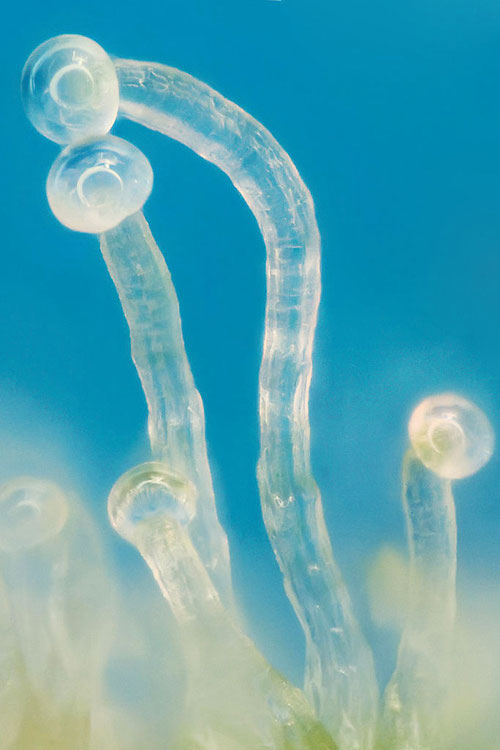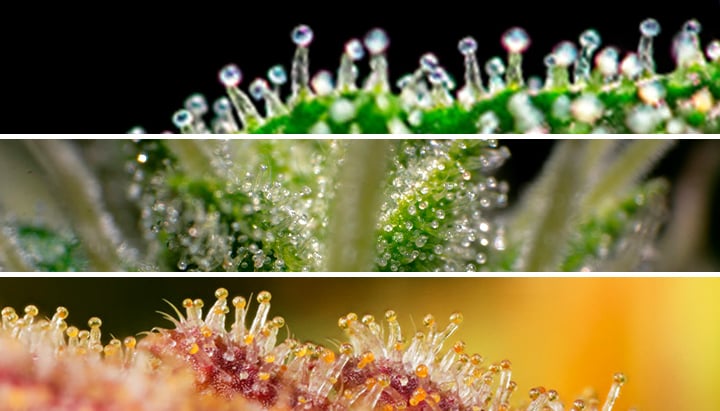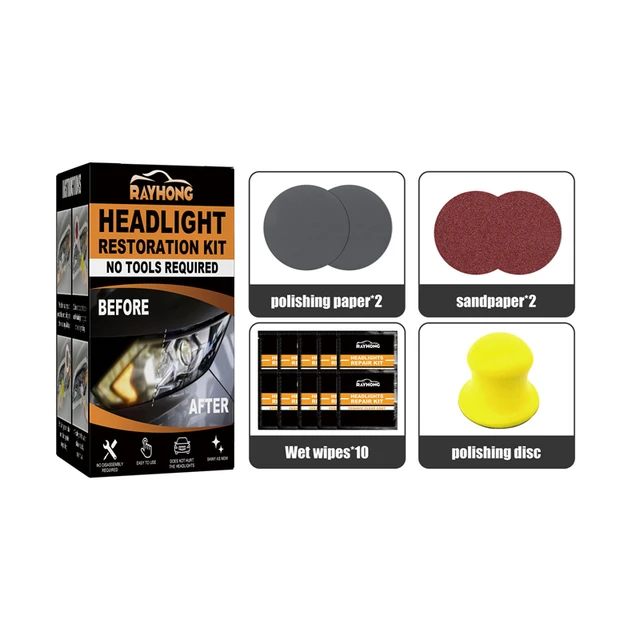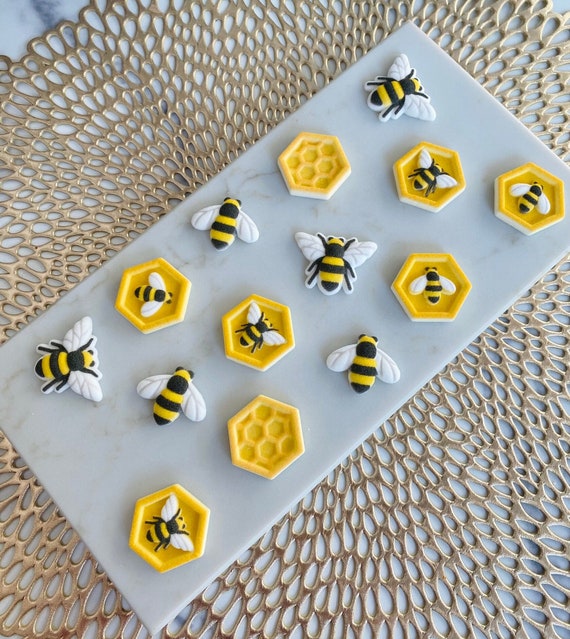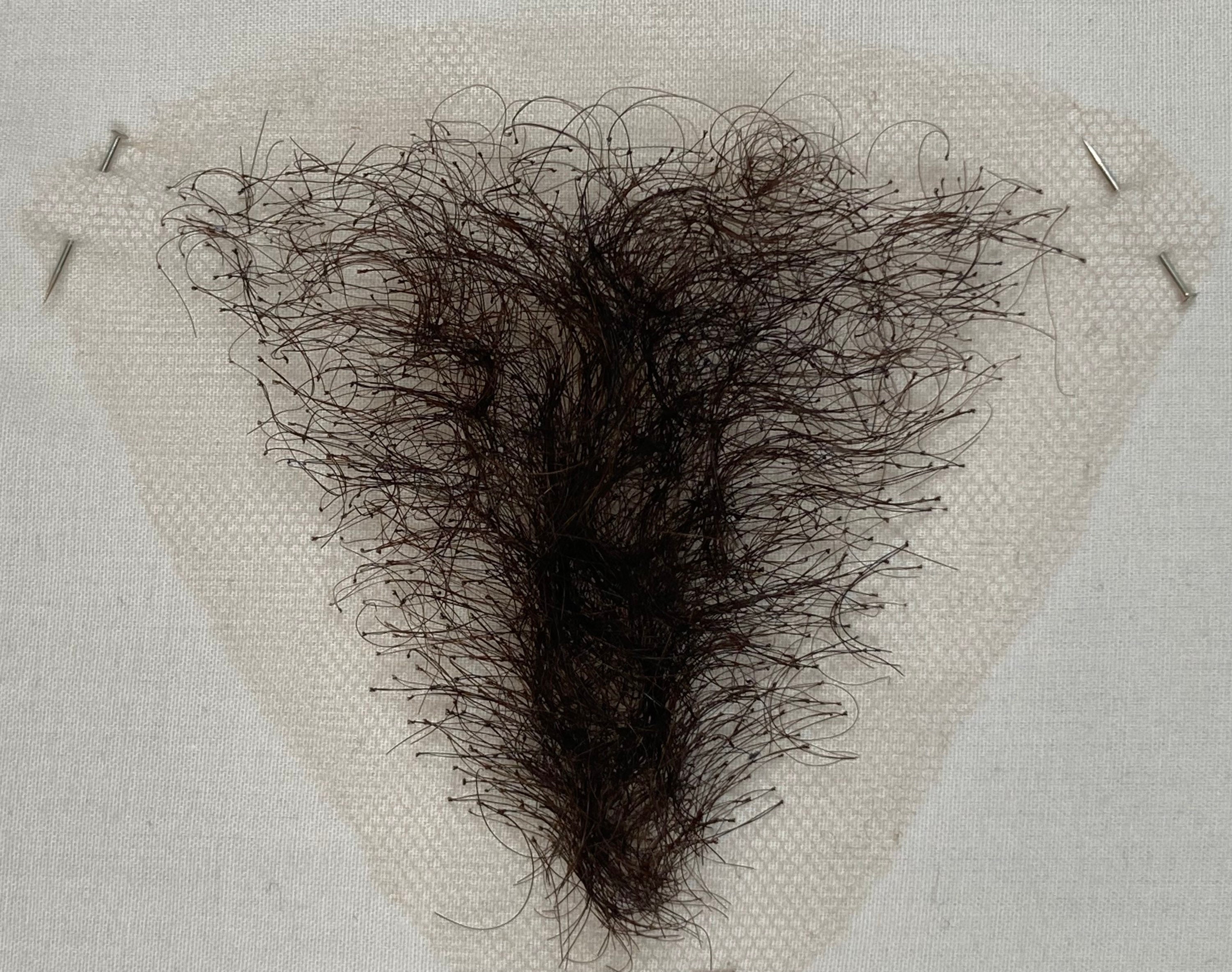![PDF] Plant stellate trichomes: strange contaminants appearing in](https://d3i71xaburhd42.cloudfront.net/3ade93a31a0154db40b1e17fcee92bb68361caf3/1-Figure1-1.png)
PDF] Plant stellate trichomes: strange contaminants appearing in
“floral-shaped fibers”, similar in morphology to the stellate structures observed, were reported in skin samples from patients with Morgellons disease and hypothesized by the authors to be keratin fibers produced by keratinocytes. Cornelius and Shelley reported similar findings in 1968. Following careful examination of their possible biological origins, they concluded that these were fragments of plant trichomes, also known as stellate hairs, the unior multicellular outgrowths present on the epidermal surfaces of plant vegetative and floral organs. Based on their morphological characteristics, Cornelius and Shelly proposed that the origin of the stellate trichomes in their preparations were from the undersurface of leaves of Viburnum dentatum, or southern arrowwood. Similarly, Fleischer et al. (1994) identified arrowwood trichomes as nonpathogenic artifacts on skin preparations. Interestingly, these structures have also been observed as contaminants in pap smears. Given the long, tubular nature of the stellate trichome arms these structures may be mistaken for fungal hyphae or other fibrous material. For example, “floral-shaped fibers”, similar in morphology to the stellate structures we observed, were reported in skin samples from patients with Morgellons disease and hypothesized by the authors to be keratin fibers produced by keratinocytes.

PDF) Plant stellate trichomes: strange contaminants appearing in KOH preparations

PDF) Trichome Biomineralization and Soil Chemistry in Brassicaceae from Mediterranean Ultramafic and Calcareous Soils

Plant Surfaces: Structures and Functions for Biomimetic Innovations. - Abstract - Europe PMC
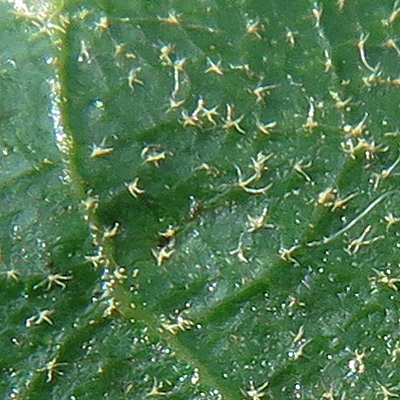
The Native Plant Society of New Jersey

LANGENHEIM - Plant Resins - Chemistry, Evolution, Ecology, A, PDF, Plants

PDF) Trichome Biomineralization and Soil Chemistry in Brassicaceae from Mediterranean Ultramafic and Calcareous Soils

Trichomes

Stellate trichomes typical of Tremandra. Tr. diffusa: a stem and b the
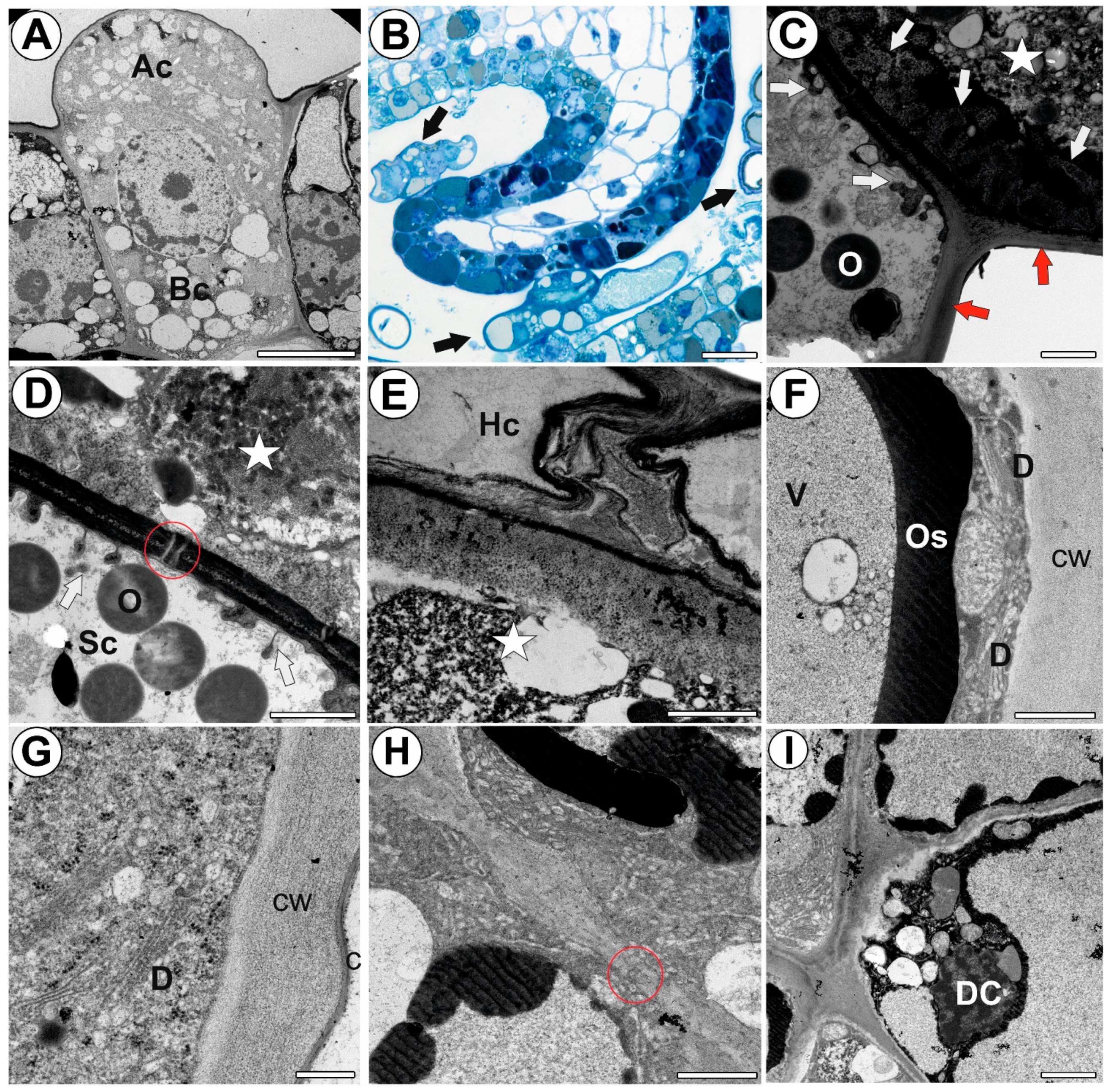
IJMS, Free Full-Text

PDF) Morphological characterization of trichomes show enormous variation in shape, density, and dimensions across the leaves of 14 Solanum species
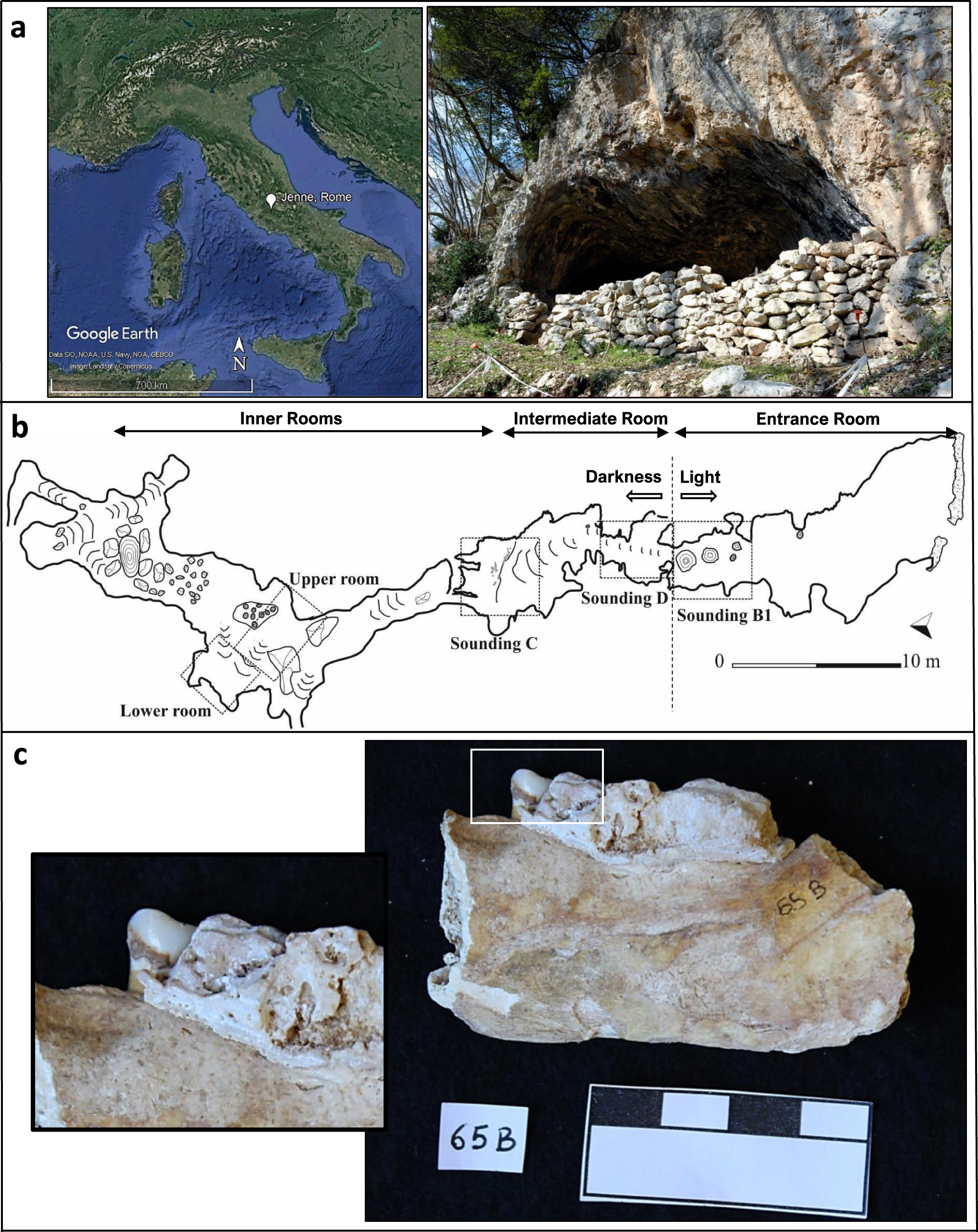
Neolithic dental calculi provide evidence for environmental proxies and consumption of wild edible fruits and herbs in central Apennines
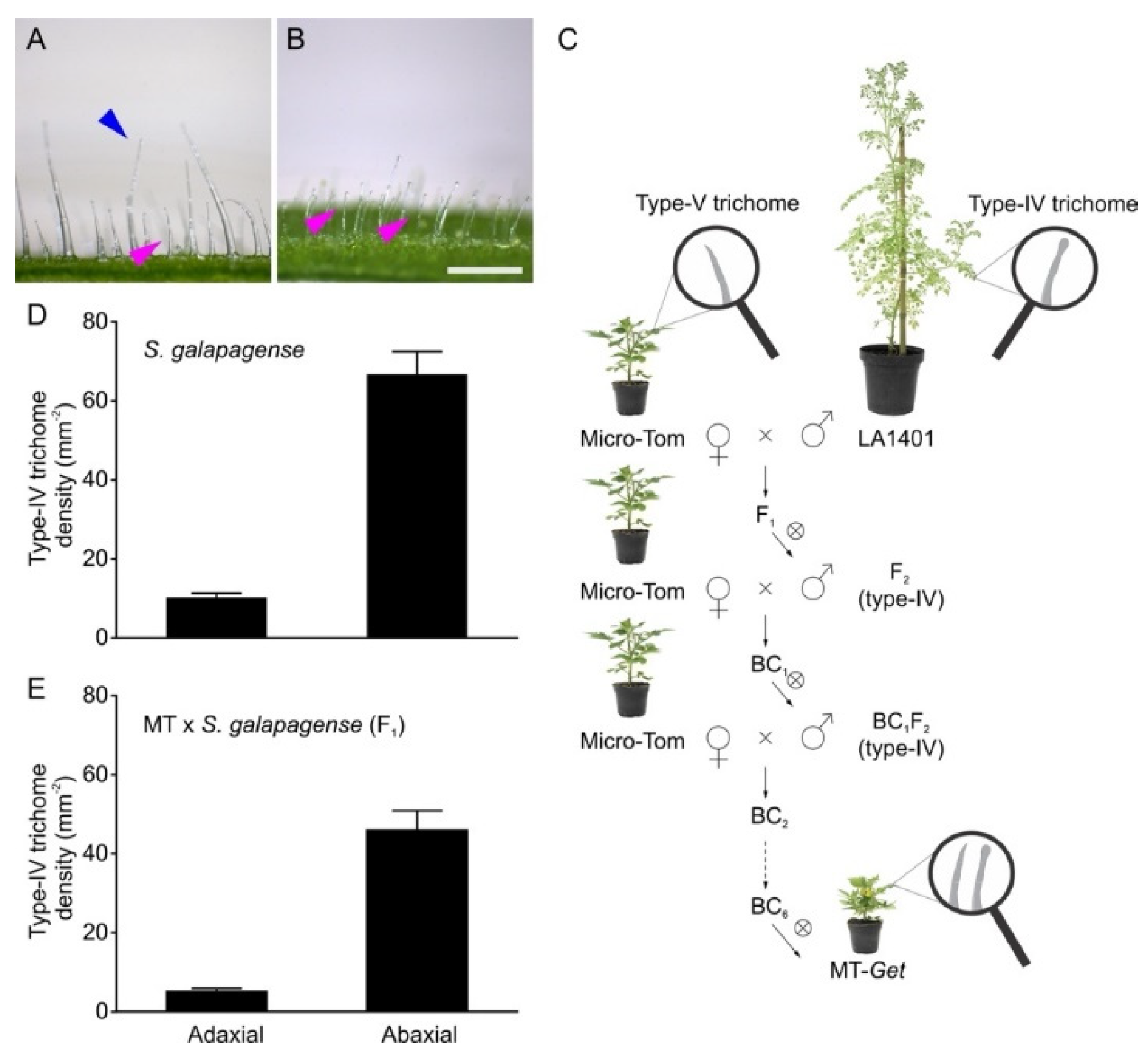
Plants, Free Full-Text
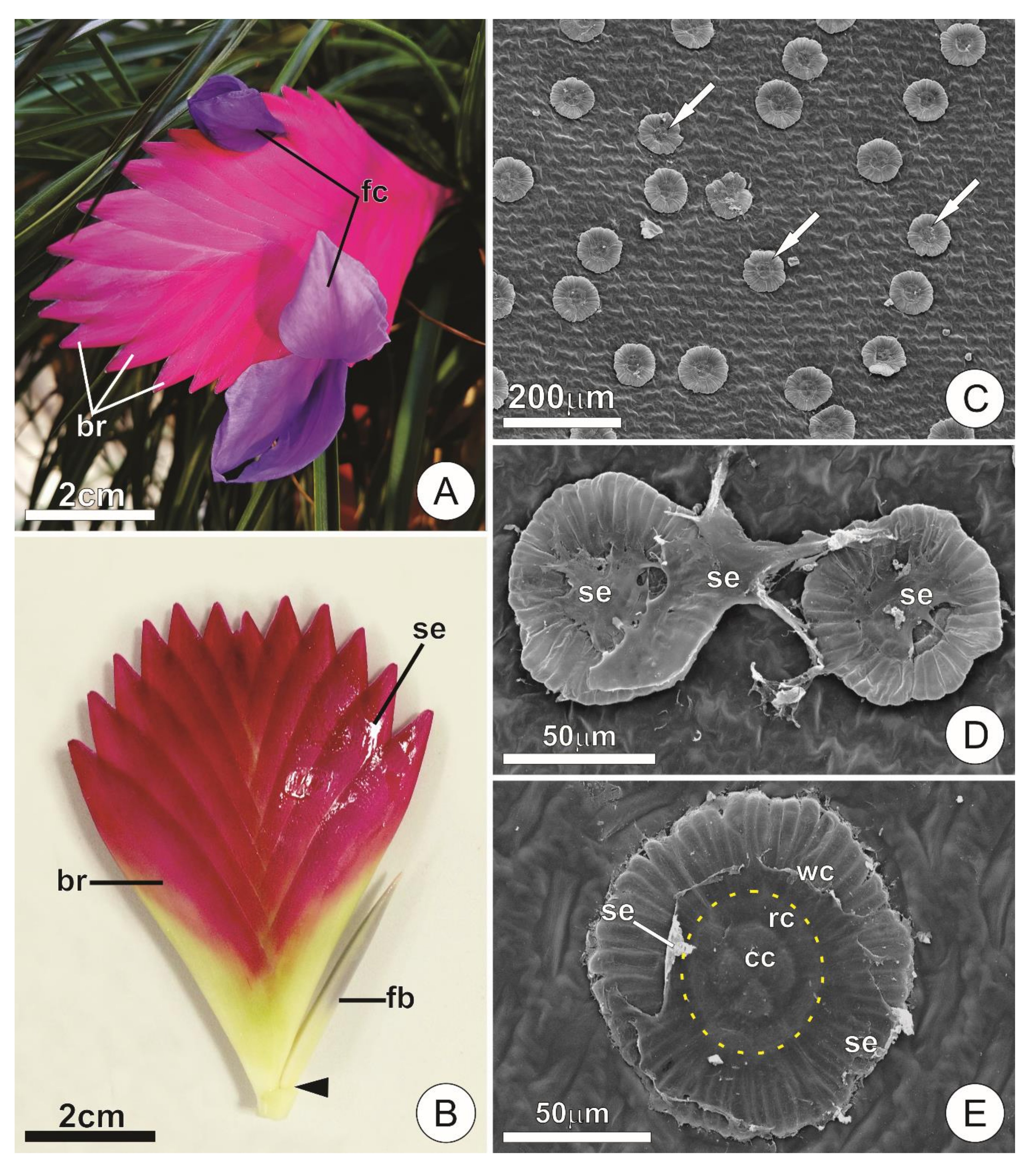
Plants, Free Full-Text

Stellate trichomes along with Flask shaped trichome (Type-II) on
